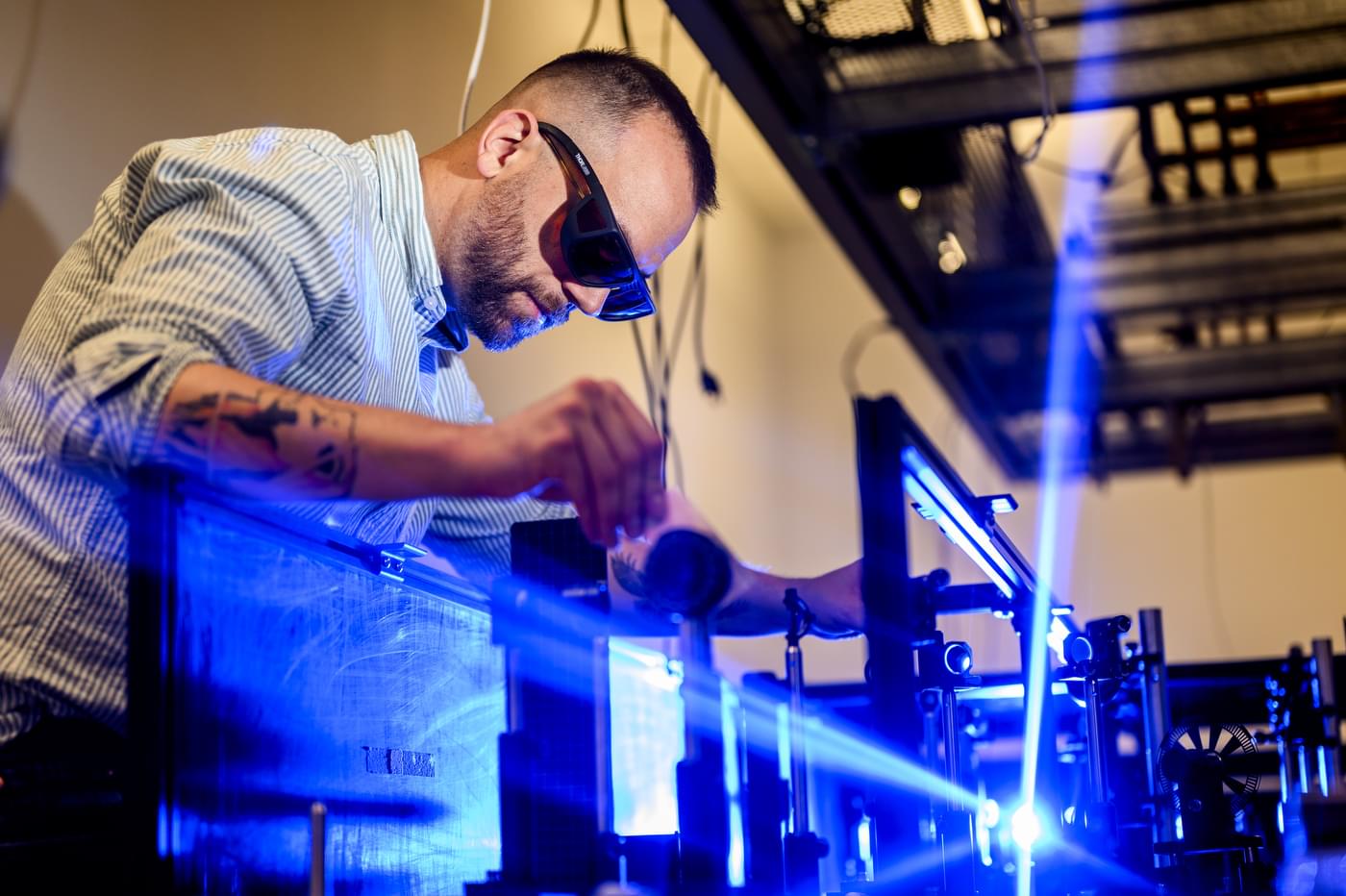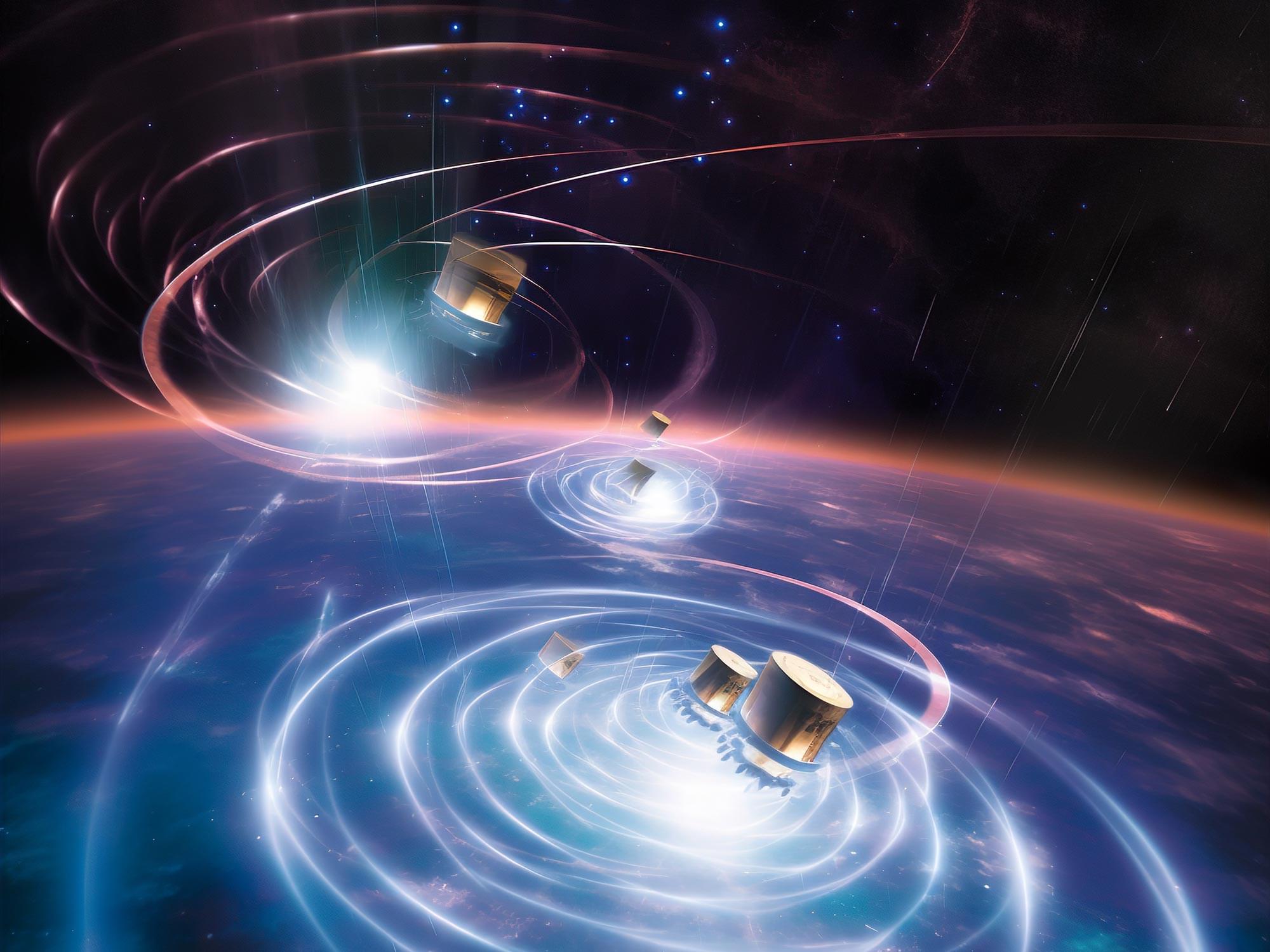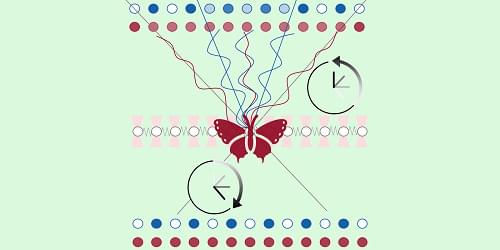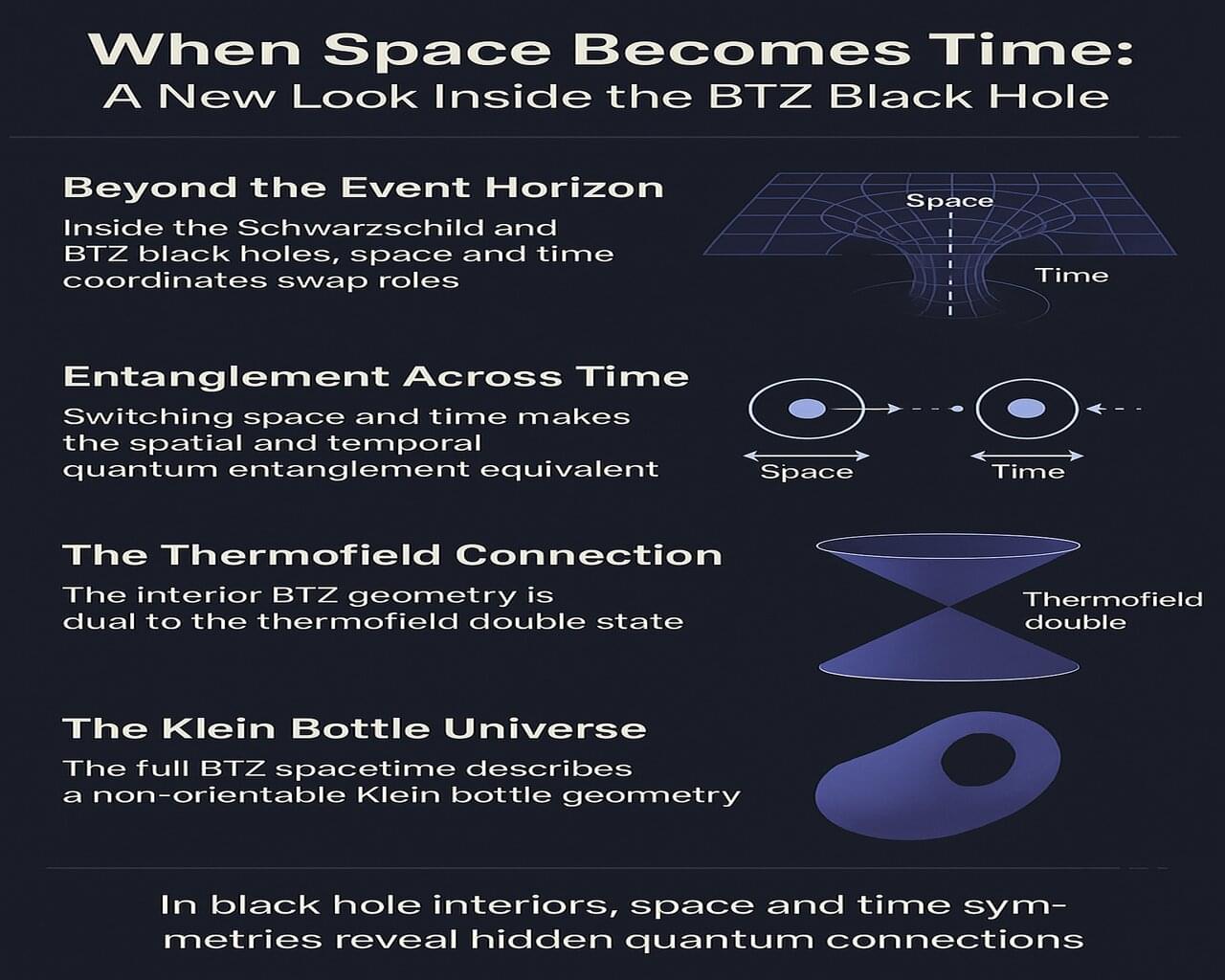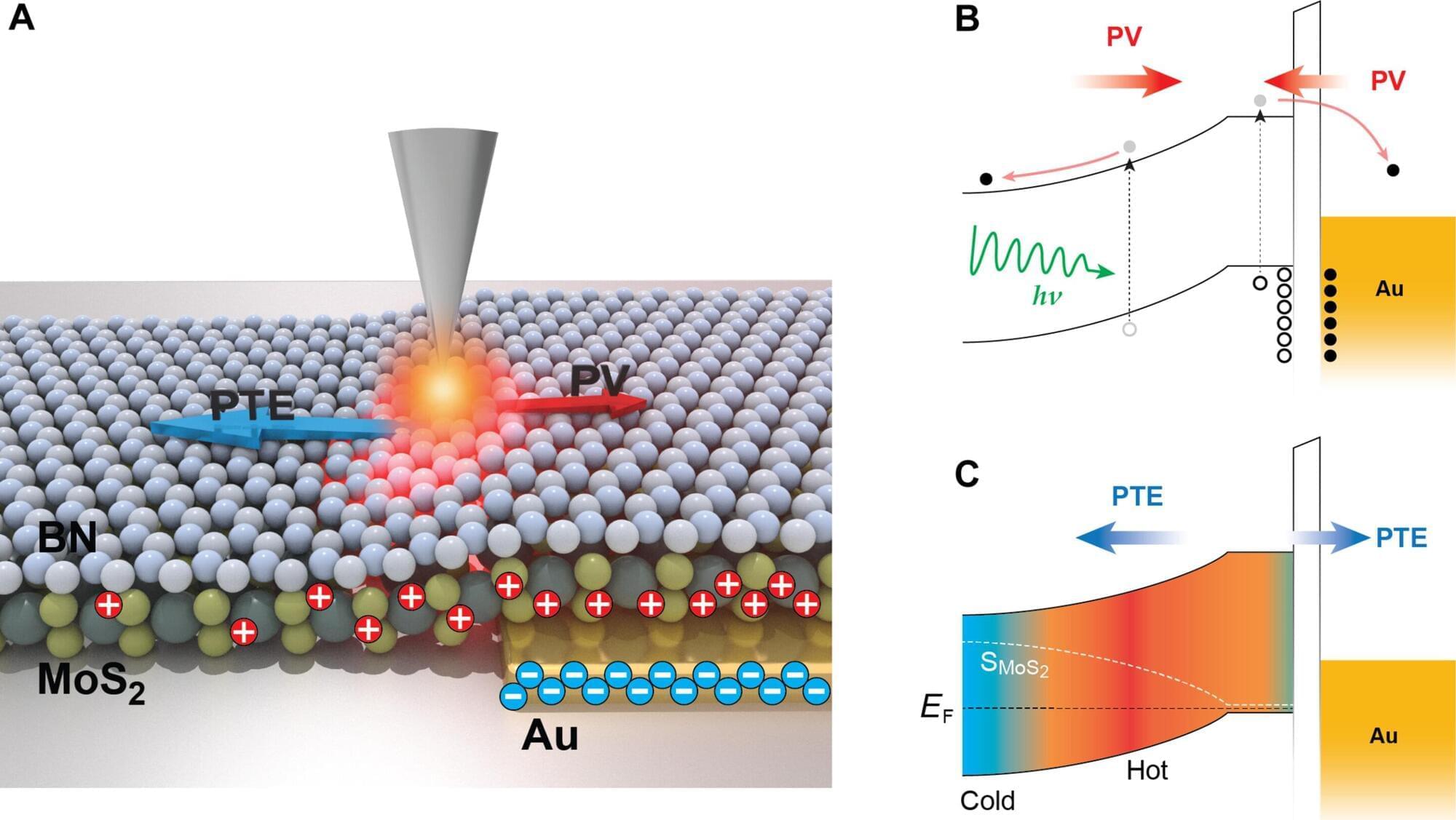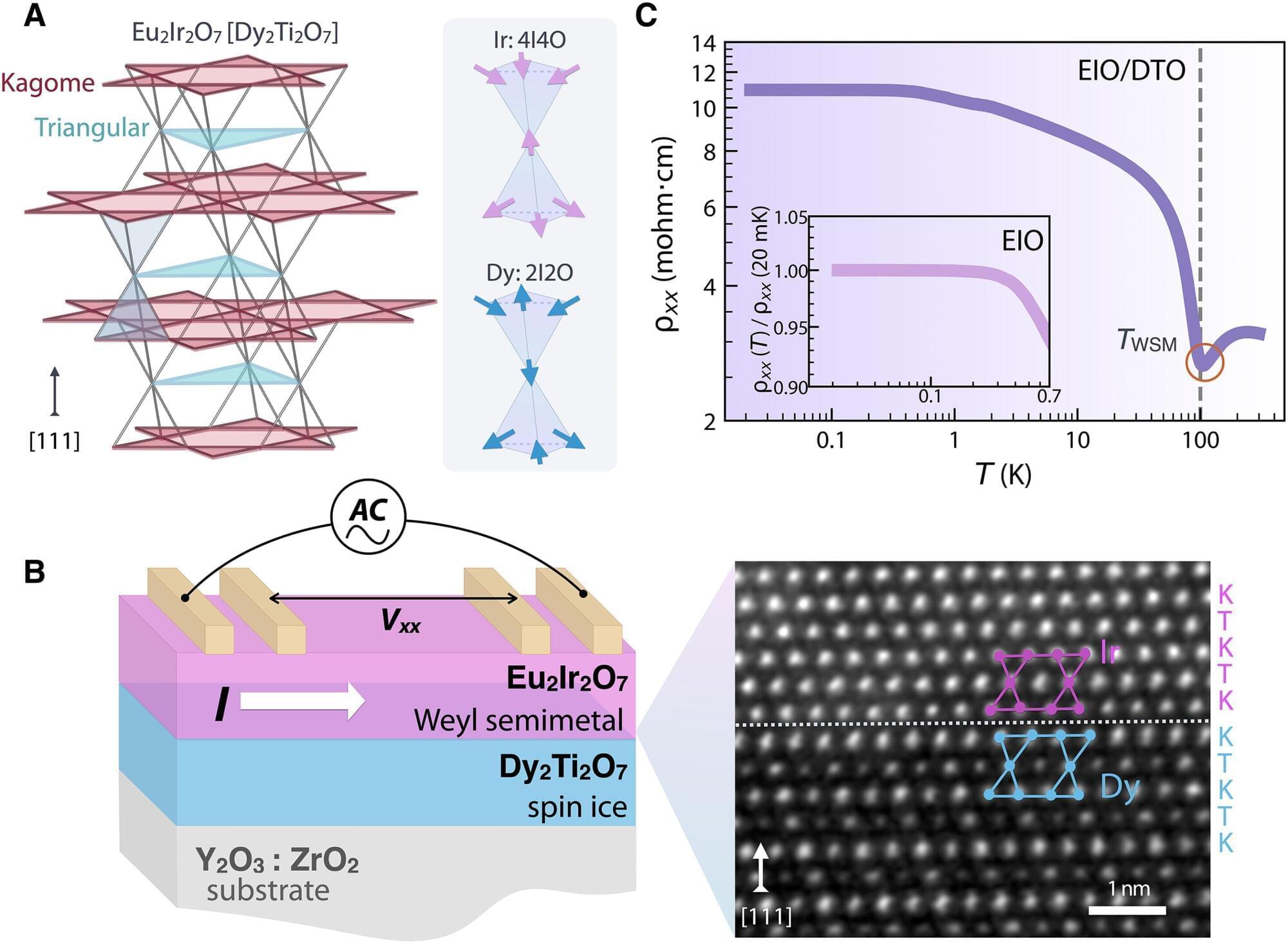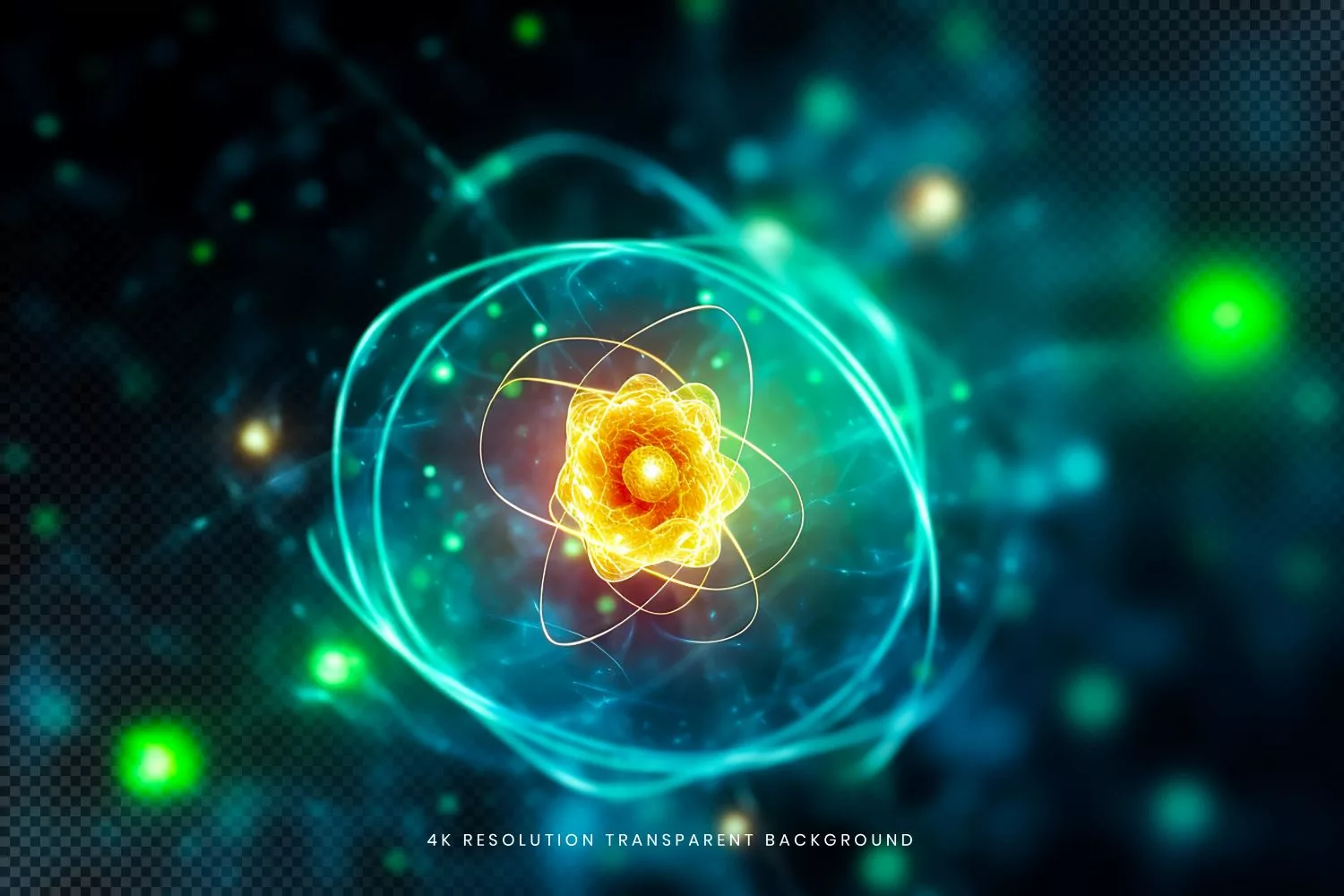Quantum communication is one of the most exciting frontiers in secure data transmission. Now, a groundbreaking discovery by researchers at Kyoto University offers a major leap forward: a single-photon source created using defective tungsten diselenide (WSe2), enhanced under the influence of a magnetic field. The result? A powerful and controllable emitter that could revolutionize quantum information technologies.
The original article can be accessed at: Phys.org.

